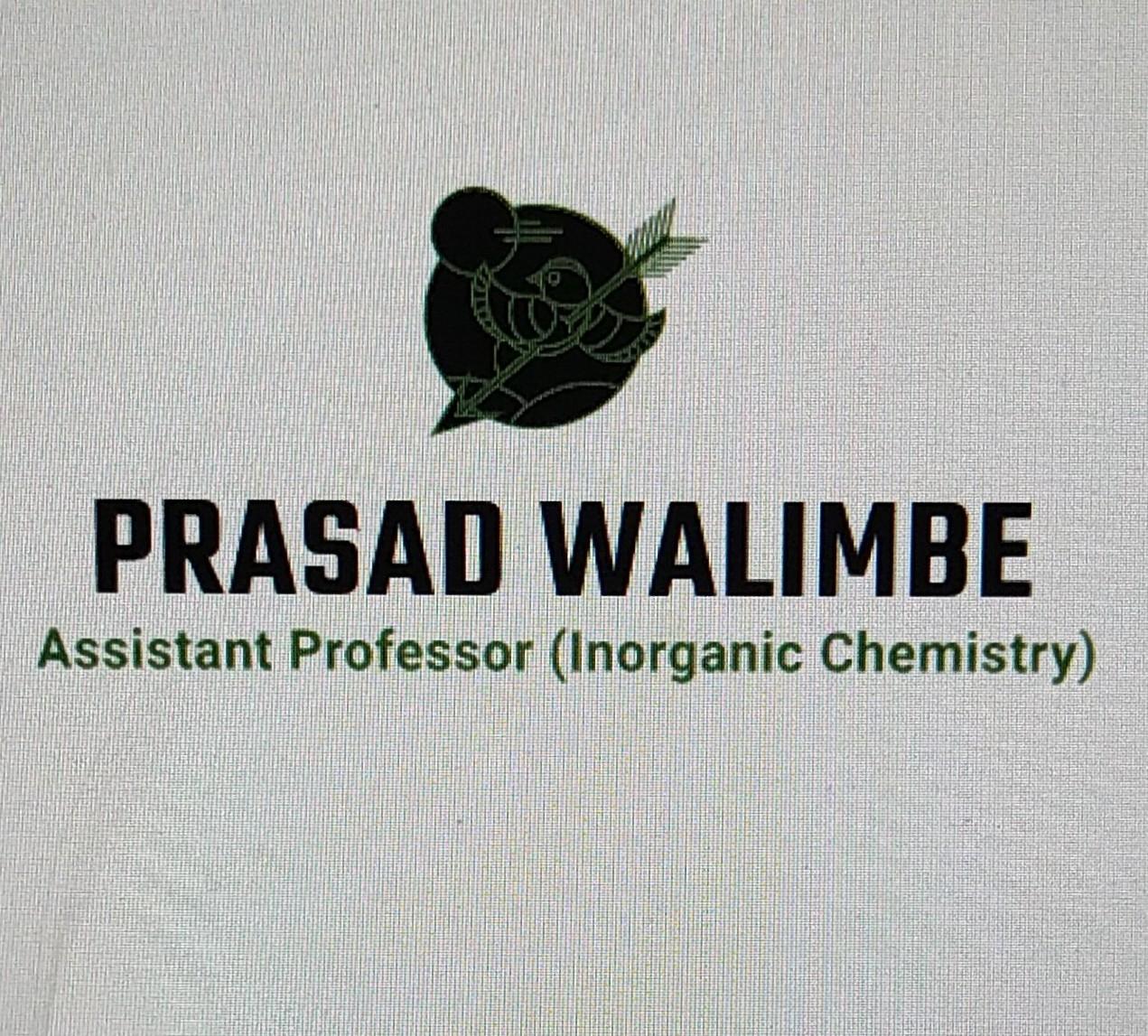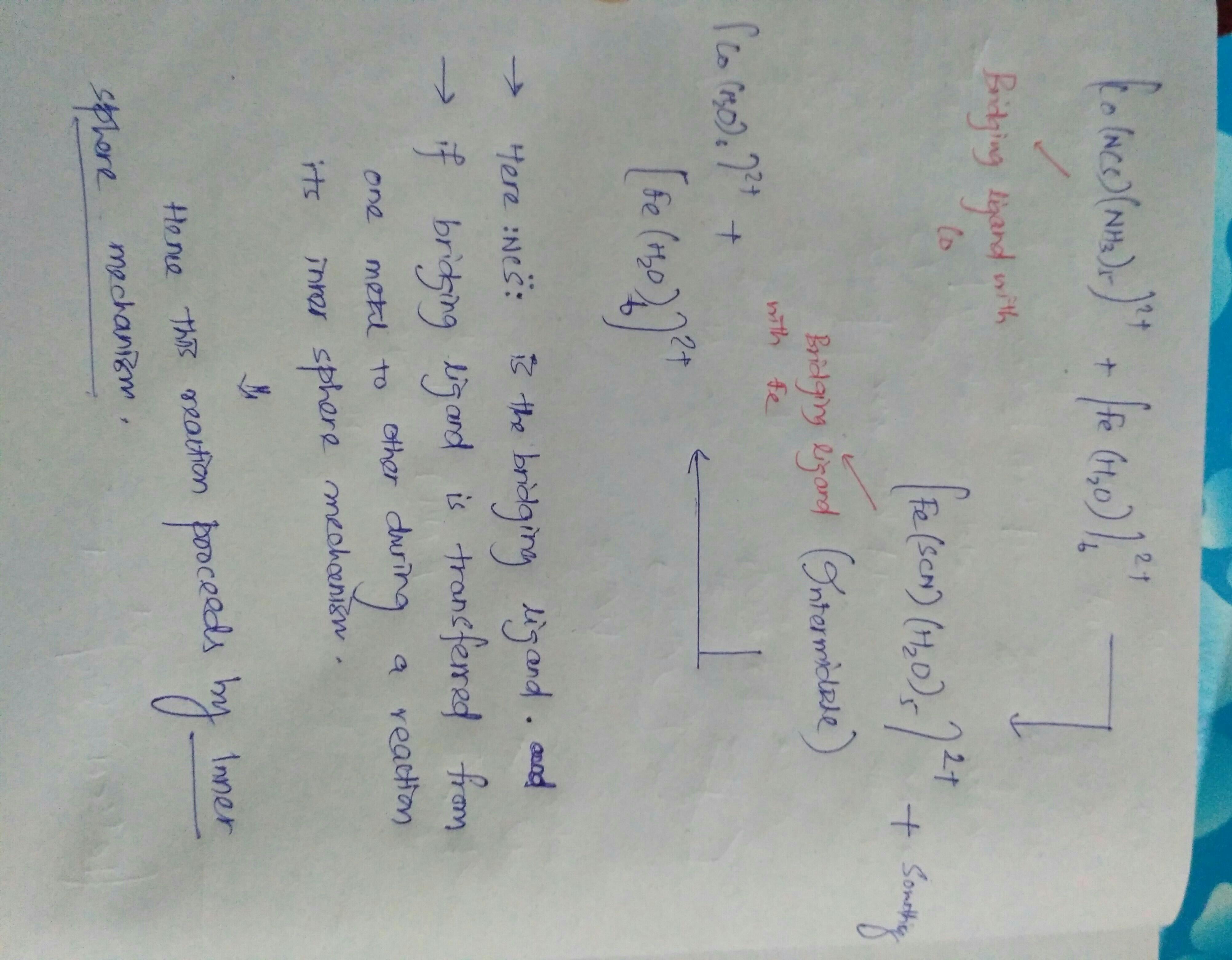Time management is very much important in IIT JAM. The eduncle test series for IIT JAM Mathematical Statistics helped me a lot in this portion. I am very thankful to the test series I bought from eduncle.
Nilanjan Bhowmick AIR 3, CSIR NET (Earth Science)- CSIR NET
- Chemical Sciences
21. The intermediate [Fe(SCN)(H,O)s]is of reactiobn the in detected [Co(NCSs)(NH:)5]with [Fe(H2O)%] in aqueous producce to medium [Co(H,O)%1 and [Fe(H2O)61*. Th
21. The intermediate [Fe(SCN)(H,O)s]is of reactiobn the in detected [Co(NCSs)(NH:)5]with [Fe(H2O)%] in aqueous producce to medium [Co(H,O)%1 and [Fe(H2O)61*. The mechanism of the reaction is 1. Interchange dissociative Interchange associative Inner sphere electron transfer Outer sphere electron transfer 2. 3. 4.
- 0 Likes
- 4 Comments
- 0 Shares
-
![comment-profile-img]() >
>
-
![comment-profile-img]() >
>
Walimbe prasad
There is a transfer of ligands from one entity to the other, thus these reactions are also called as atm or group transfer reactions..
-
![comment-profile-img]() >
>
Walimbe prasad
It is an example of the Inner Sphere mechanism.. NCS acts as a bridging ligand
-
![comment-profile-img]() >
>
Do You Want Better RANK in Your Exam?
Start Your Preparations with Eduncle’s FREE Study Material
- Updated Syllabus, Paper Pattern & Full Exam Details
- Sample Theory of Most Important Topic
- Model Test Paper with Detailed Solutions
- Last 5 Years Question Papers & Answers
Sign Up to Download FREE Study Material Worth Rs. 500/-










 >
>
 >
>










Walimbe prasad
The Inner Sphere and outer Sphere reactions are also called as redox reactions of the coordination compounds... While Interchange Associative and dissociative reactions are not a redox reactions